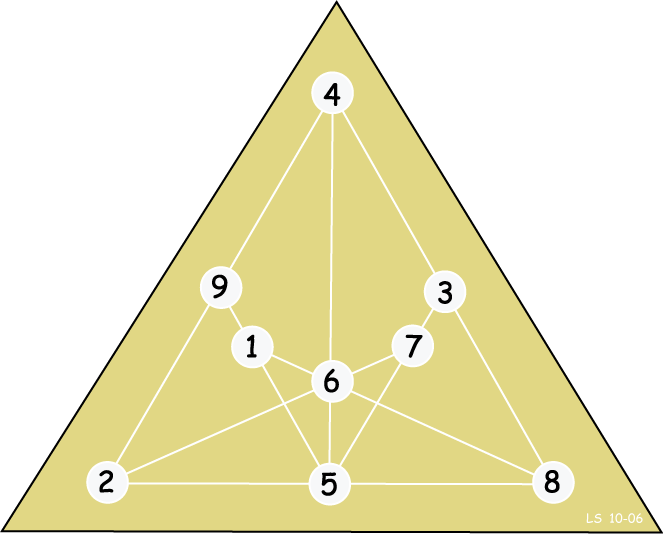Politician and amateur theologian John Asgill raised some eyebrows in 1700 — he claimed that Christians needn’t die to enter heaven. In his resurrection, Christ had broken the Law of Death, and God had sent a chariot of heaven to collect him directly. The faithful could simply follow him — dying was no longer necessary:
I shall not go hence by returning unto the Dust … But that I shall make my Exit by way of Translation, which I claim as a dignity belonging to that Degree in the Science of Eternal Life, of which I profess my self a graduat, according to the true intent and meaning of the covenant of Eternal Life revealed in the Scriptures. And if after this, I die like other Men, I declare my self to die of no religion.
The Irish House of Commons expelled him for blasphemy, and he died, distinctly earthbound, in a debtors’ prison in 1738. Daniel Defoe wrote, “When Men Pore upon the Sacred Mysteries of Religion with the Mathematical Engines of Reason, they make such incoherent stuff of it, as would make one pity them.”
(From Philip C. Almond, Afterlife: A History of Life After Death, 2016.)



